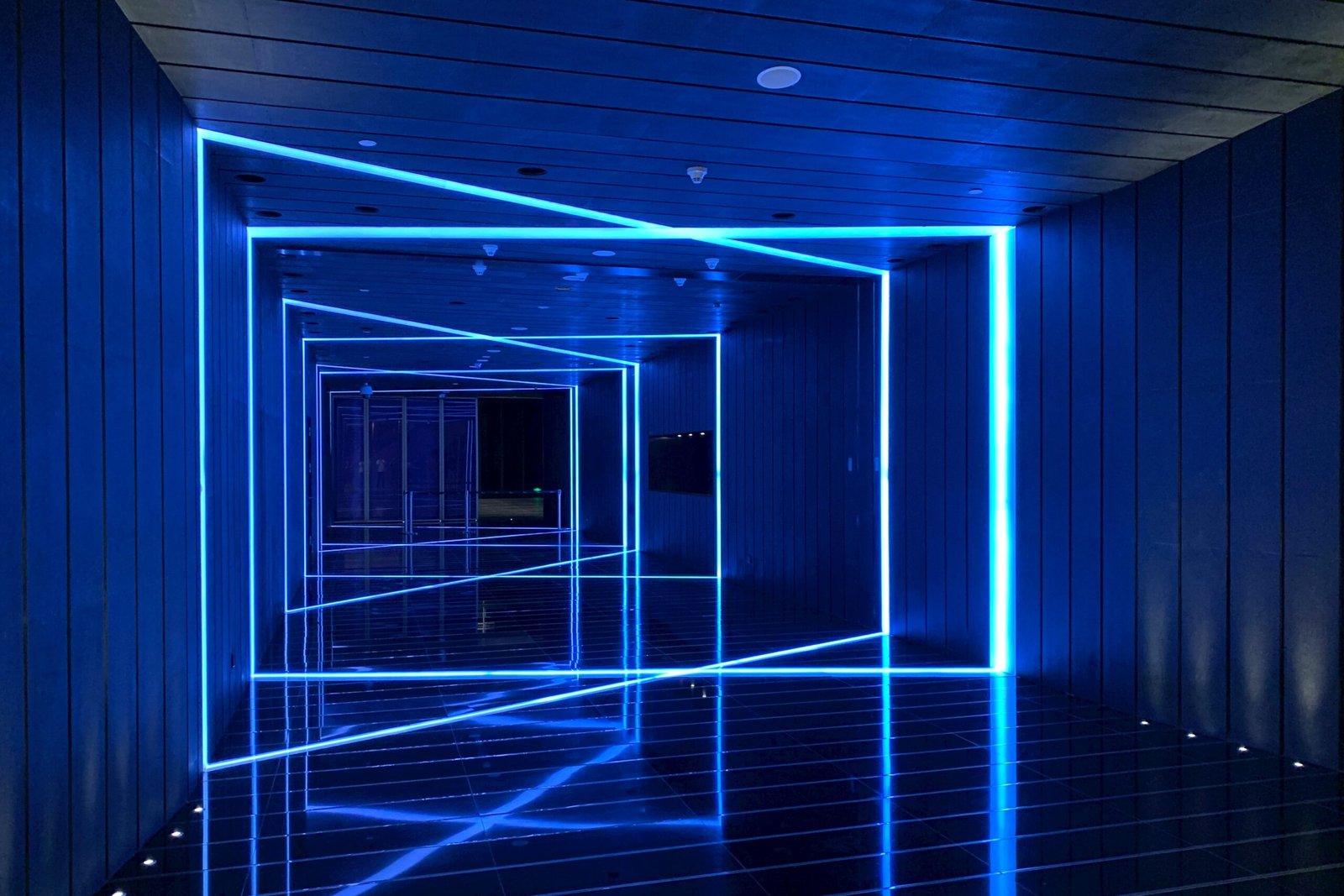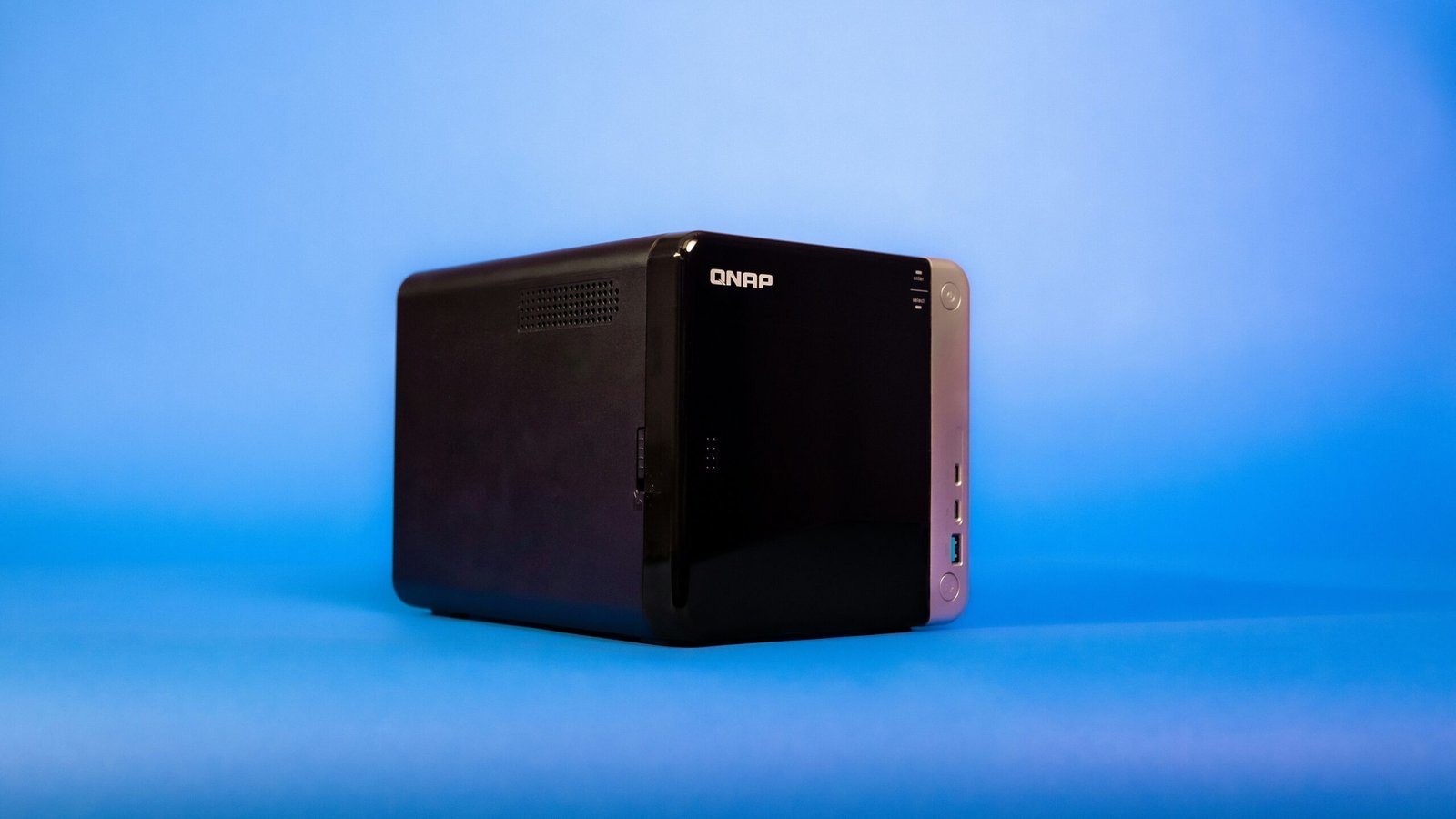In the world of lighting, there are various options available, each with its own set of advantages and disadvantages. Two popular choices that often come up in discussions are LED (Light Emitting Diode) lights and incandescent lights. Both have their unique characteristics, but when it comes to efficiency and performance, LED lights clearly outshine incandescent lights. Let’s delve deeper into the comparison between these two lighting options.
Energy Efficiency
LED lights are renowned for their energy efficiency. They consume significantly less energy compared to incandescent lights. In fact, LED lights are up to 80% more energy-efficient, meaning they convert a higher percentage of electricity into light rather than heat. This efficiency not only reduces energy consumption but also lowers electricity bills, making LED lights a cost-effective choice in the long run.
On the other hand, incandescent lights are notorious for their energy inefficiency. They waste a significant amount of energy by converting most of it into heat rather than light. This inefficiency not only results in higher energy consumption but also contributes to environmental issues, such as increased carbon emissions and global warming.
Lifespan
LED lights have a remarkably longer lifespan compared to incandescent lights. While incandescent lights typically last for around 1,000 hours, LED lights can last up to 50,000 hours or more. This extended lifespan translates into fewer replacements and reduced maintenance costs. LED lights are particularly advantageous in settings where continuous lighting is required, such as commercial buildings, outdoor areas, and street lighting.
Incandescent lights, on the other hand, have a significantly shorter lifespan. The frequent need for replacements can be inconvenient and expensive, especially in situations where lighting is essential for safety or productivity.
Environmental Impact
LED lights are considered more environmentally friendly compared to incandescent lights. As mentioned earlier, LED lights consume less energy, resulting in reduced carbon emissions. Additionally, LED lights do not contain toxic materials like mercury, which is present in incandescent lights. This makes LED lights easier to dispose of and reduces the risk of environmental contamination.
Incandescent lights, on the other hand, contribute to environmental degradation due to their high energy consumption and the presence of mercury. Improper disposal of incandescent lights can lead to pollution of landfills and water bodies.
Light Quality
When it comes to light quality, LED lights offer a superior experience compared to incandescent lights. LED lights provide a more consistent and even distribution of light, resulting in better visibility and reduced eye strain. LED lights also offer a wide range of color options, allowing users to create the desired ambiance or mood.
Incandescent lights, although they provide warm and familiar light, can be prone to flickering and uneven lighting. The light emitted by incandescent bulbs can also be affected by voltage fluctuations, resulting in inconsistent brightness.
Conclusion
Considering the factors of energy efficiency, lifespan, environmental impact, and light quality, it is evident that LED lights surpass incandescent lights in every aspect. LED lights are not only more energy-efficient and longer-lasting but also have a positive impact on the environment. Additionally, LED lights provide superior light quality, enhancing visibility and comfort.
While incandescent lights may still have their place in certain applications, the numerous benefits of LED lights make them the preferred choice for both residential and commercial lighting needs. Investing in LED lights not only saves money in the long run but also contributes to a greener and more sustainable future.


